Why Singapore Is Reluctant to Choose Opposition Parties
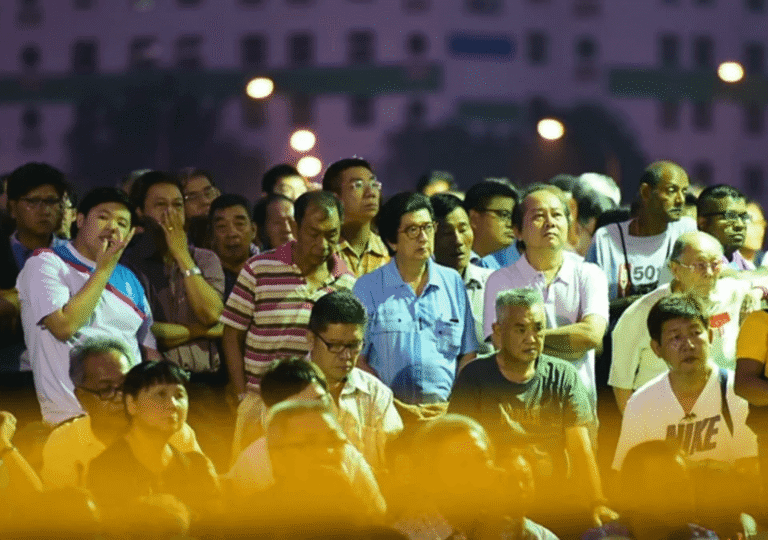
Why are opposition parties still sidelined in the Singapore general election? This article breaks down the political mindset and barriers they face.

Why are opposition parties still sidelined in the Singapore general election? This article breaks down the political mindset and barriers they face.
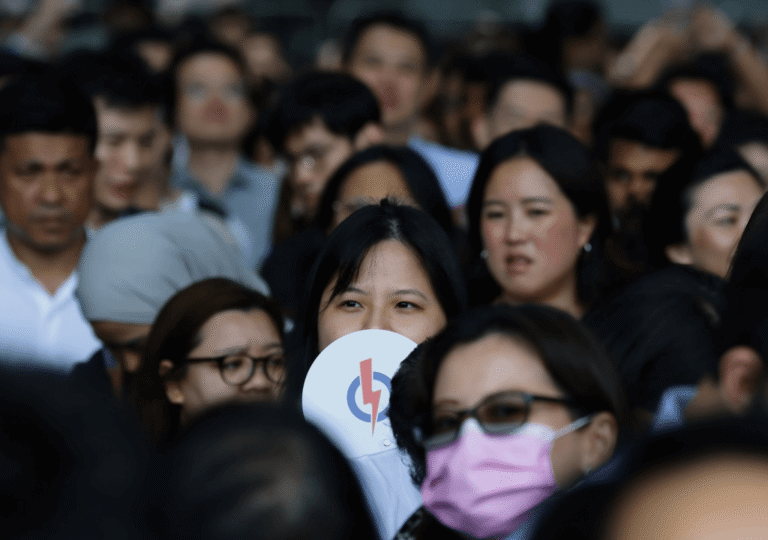
The Progress Singapore Party (PSP) faces a critical moment after its underwhelming performance in the 2025 General Election. With leadership challenges and an unclear political identity, can the PSP redefine itself as a credible opposition force in Singapore's political landscape?
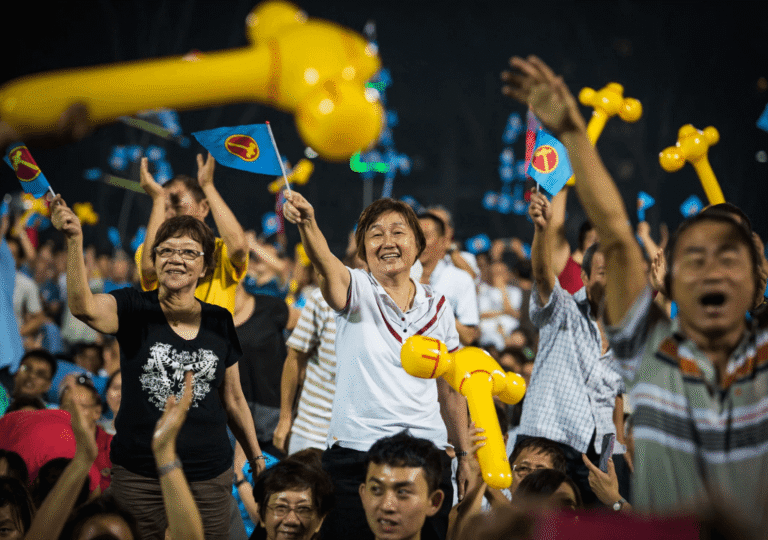
After heated days of election campaigning, the Singapore general election campaign ends—and now all eyes are on the polling booths on May 3rd.
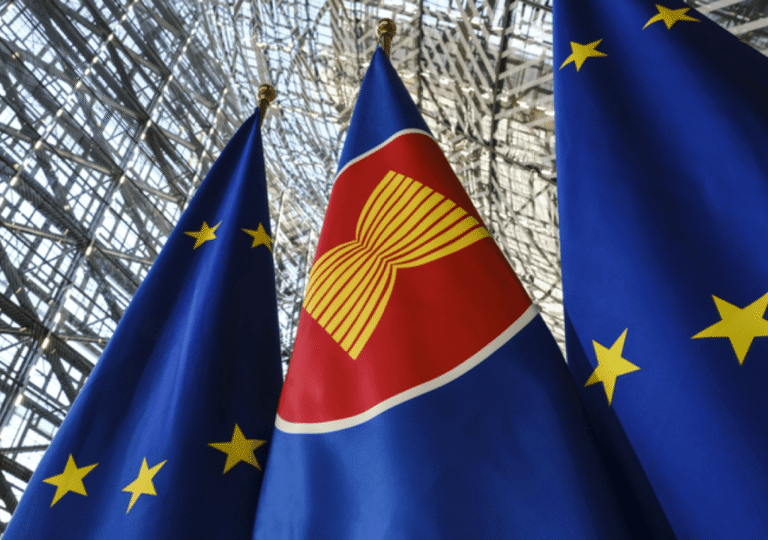
As the US and China vie for influence in Southeast Asia, the EU quietly gains favor among the region's elites, positioning itself as a stable and respected alternative in the global power struggle.
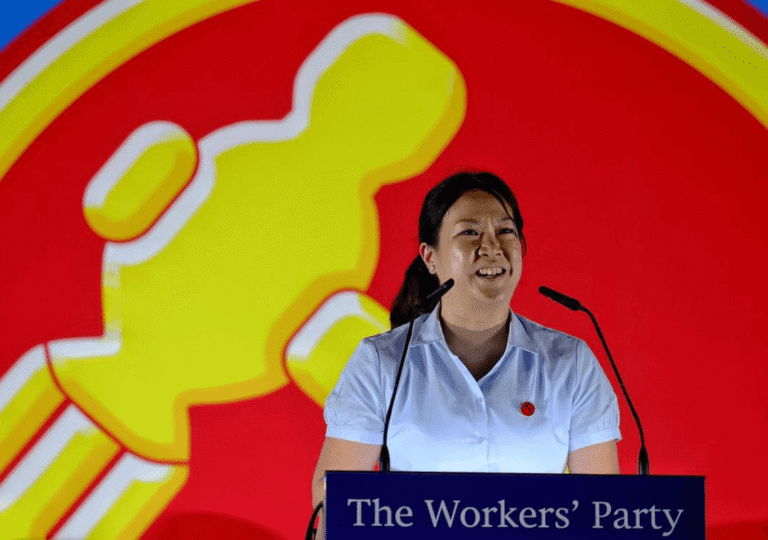
Get the highlights from the initial GE2025 rallies, exploring what’s at stake and the rising competition among political parties.
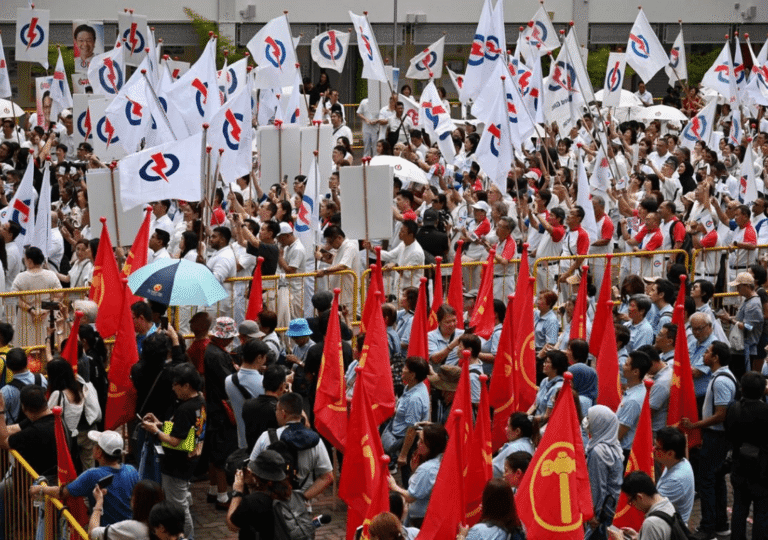
Singapore’s GE2025 kicks off with a dramatic Nomination Day, setting the stage for a fiercely contested election that could reshape the nation’s political landscape.
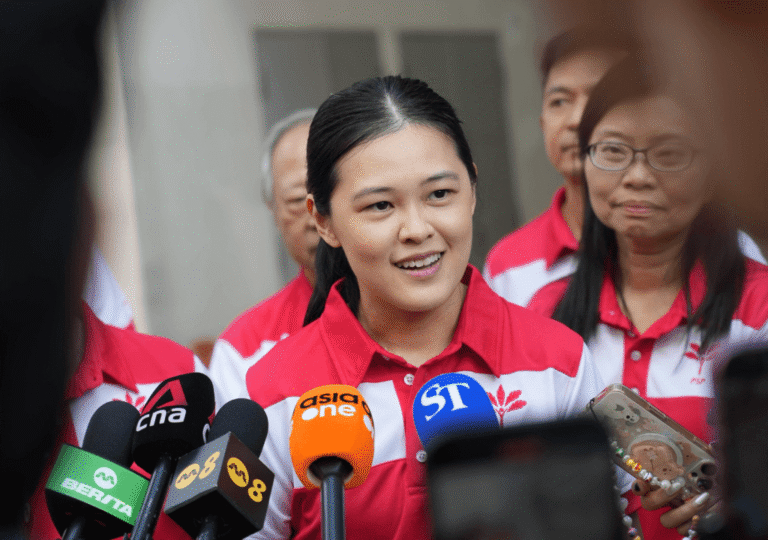
Explore what political parties are promising in the GE2025 manifestos. Get a quick breakdown of key pledges, policies, and what it means for voters.
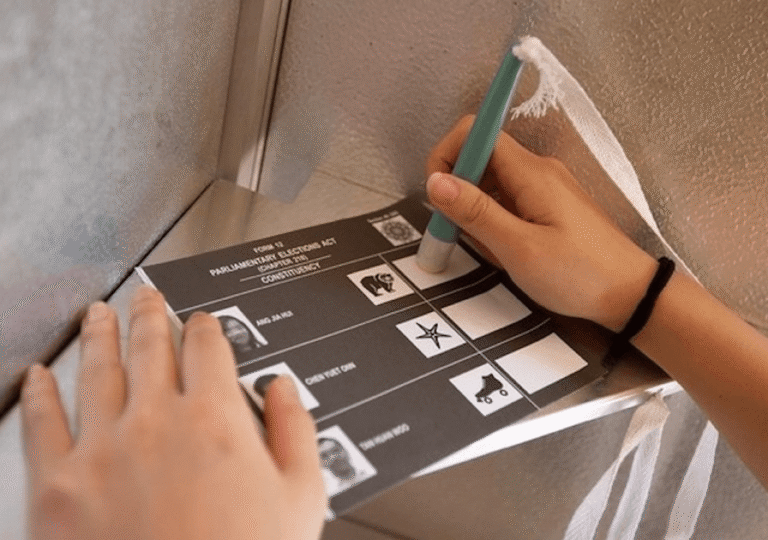
Singapore has officially announced the date for General Election 2025. Citizens will head to the polls on May 3 to decide the nation's political future.
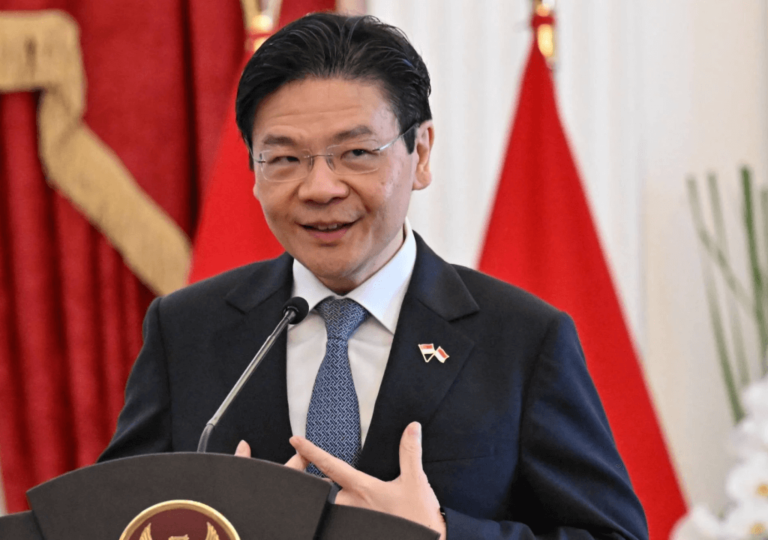
Prime Minister Wong emphasizes the high stakes of Singapore's upcoming election, urging citizens to recognize the critical choice ahead for the nation's future amidst global challenges.
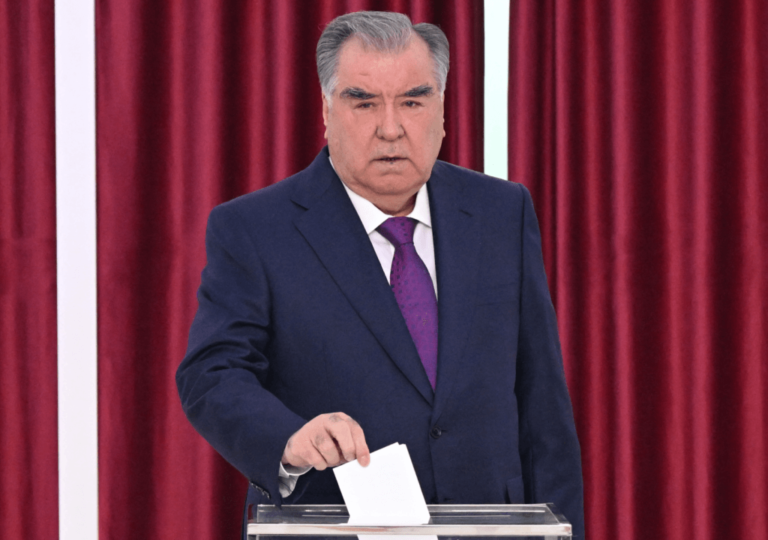
Tajikistan’s ruling party tightens its grip on power through a carefully orchestrated election, leaving little room for opposition and reinforcing its authoritarian rule.